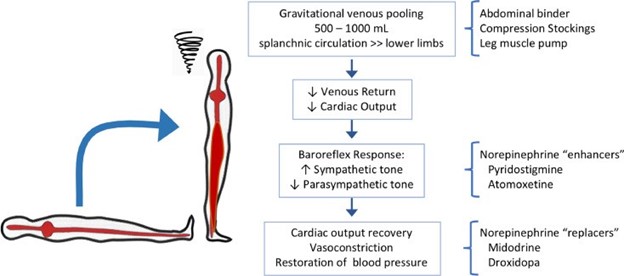A nurse in an emergency department is caring for a child who reports being sexually abused by a family member.
Which of the following actions should the nurse take?
Reassure the child that no one will be told about the abuse.
Ensure that multiple nurses are present for the physical examination.
Explain to the child what will happen when the abuse is reported.
Use leading statements to obtain information from the child.
The Correct Answer is C
The correct answer is C. Explain to the child what will happen when the abuse is reported.
This is because the nurse should provide honest and accurate information to the child about the reporting process and the possible outcomes, such as legal actions, investigations, or removal from the home.
This can help the child feel more prepared and less anxious about what will happen next. The nurse should also reassure the child that the abuse is not their fault and that they did the right thing by telling someone.
Choice A is wrong because reassuring the child that no one will be told about the abuse is unethical and illegal.
The nurse has a mandatory duty to report any suspected or confirmed cases of child abuse to the appropriate authorities, such as child protective services or law enforcement. Keeping the abuse a secret can also endanger the child’s safety and well-being, as well as prevent them from receiving the necessary medical and psychological care.
Choice B is wrong because ensuring that multiple nurses are present for the physical examination can increase the child’s fear, embarrassment, or discomfort.
The nurse should minimize the number of people involved in the examination and only include those who are essential for providing care or collecting evidence. The nurse should also explain to the child what will be done during the examination and obtain their consent before proceeding.
Choice D is wrong because using leading statements to obtain information from the child can influence their responses and affect the validity of their testimony.
The nurse should use open-ended questions and avoid suggesting or implying any details about the abuse. The nurse should also document the child’s statements verbatim and avoid interpreting or paraphrasing them.
Nursing Test Bank
Naxlex Comprehensive Predictor Exams
Related Questions
Correct Answer is A
Explanation
The correct answer is choice A. Instruct the client to avoid coughing during the procedure.
A thoracentesis is a procedure that involves inserting a needle into the pleural space to remove excess fluid or air. Coughing can increase the risk of pneumothorax (collapsed lung) or bleeding during the procedure.
Choice B is wrong because the client does not need to be NPO (nothing by mouth) for 6 hr prior to the procedure. There is no risk of aspiration during a thoracentesis.
Choice C is wrong because the client should be positioned on the unaffected side for 4 hr following the procedure. This allows the affected lung to re-expand and prevents fluid from accumulating in the pleural space again.
Choice D is wrong because the client should not be placed in the prone position during the procedure. The prone position makes it difficult to access the pleural space and can compromise breathing.
Correct Answer is C
Explanation

Whether you are a student looking to ace your exams or a practicing nurse seeking to enhance your expertise , our nursing education contents will empower you with the confidence and competence to make a difference in the lives of patients and become a respected leader in the healthcare field.
Visit Naxlex, invest in your future and unlock endless possibilities with our unparalleled nursing education contents today
Report Wrong Answer on the Current Question
Do you disagree with the answer? If yes, what is your expected answer? Explain.
Kindly be descriptive with the issue you are facing.
